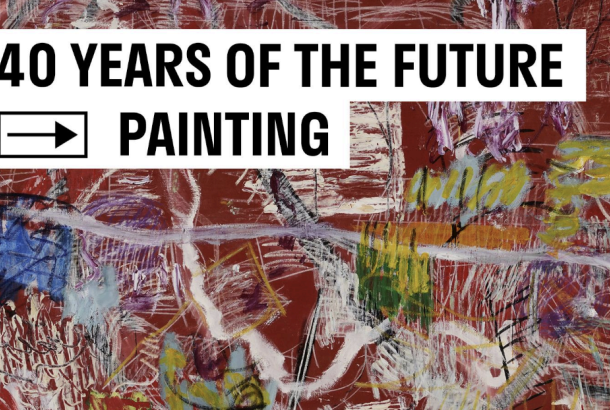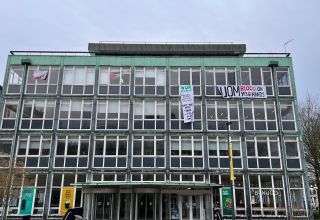Jill Furmanovsky is ‘Photographing the Invisible’ in her history making exhibition
By Owen Scott

One glance at Jill Furmanovsky’s “Photographing the Invisible”: 50 years of rock photography will tell you that Furmanovsky and her camera have seen a lot. She’s photographed icons such as Björk and Noel Gallagher and photographed venues, such as London’s The Rainbow Theatre, in their heydays. Where there was rock music, Furmanovsky was there and, recounting these experiences in her exhibition 50 years of rock photography. Furmanovsky is your guide into the hallowed history of rock music.
The exhibition is laid out chronologically, taking you on a journey through Jill’s life and through the history of rock, right from her discovery of Pink Floyd at 17 to the replacement of analogue cameras by digital cameras.
Pink Floyd is where the exhibition starts though, as this is where Furmanovsky began her career. Her photos of Pink Floyd are nearly all live shots, intimate moments and excited ones, of the band on stage and in the studio. Alongside these photos, Furmanovsky has included personal messages to guide visitors, with her accompanying message with the pictures of the band detailing that following them is where her ‘illusion’ in terms of meeting her idols was ‘shattered’. However, it is this honesty in her portrayal of the band, and her photos taken in her ‘Rainbow Days’, that make her work so captivating; Furmanovsky is not afraid to be right up close with the subject of her photo. Her live photos feel intimate, even when capturing a star such as Jimmy Page on stage.
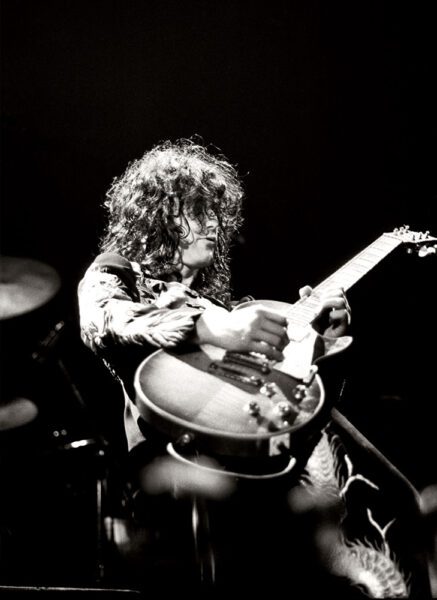
Furmanovsky’s work changed, as all art must, with the passage of time. In 1981, she opened a studio and embraced a ‘flamboyant studio personality’ blending her unique photographic style with fashion photography, for magazines such as The Face. She began to cover more contemporary musicians, such as Siouxsie Sioux, with her photo of Sioux in ‘Goddess’, one of the most striking in the collection. The photo alludes to an ancient Greek or Roman mythical figure, transforming the Queen of Goth into Aphrodite or Venus.

There’s a section of the exhibition dedicated to Oasis, featuring some never-before-seen photos. The exhibition, itself, is guest curated by Noel Gallagher. Furmanovsky details her experience with the band in a passage alongside the photos, stating that the photos are “some of the best work of my career” and that the band were “hilarious”. There is a sense of joy in the photos, with some of them being more humorous that others in the collection. A close-up of Liam Gallagher at the start of the Oasis section is particularly striking.
The collection progresses into the replacement of analogue with digital photos, as Furmanovsky details the difficultly in this transition for rock and roll, given the impracticality of the cameras. Furmanovsky takes the visitor through the digital era, depicting Liam Gallagher, Oasis and The Rolling Stones. The Glastonbury section of the exhibition follows the shift to digital photos, as more contemporary artists such as Florence Welch are featured.
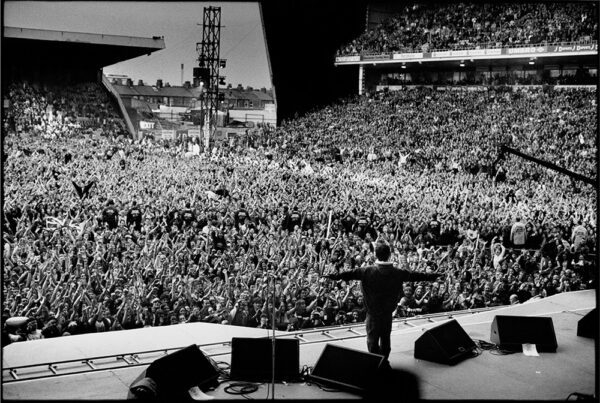
Jill Furmanovsky’s “Photographing The Invisible” is a trip through time, through her own career and through rock itself. As her photography changes, so does rock. It’s an exhibition following the work of someone who lives and breathes rock music and photography. At the exhibition’s end, there is a punk phrase that reads ‘If you can play three chords you can form a band’. It’s a message of hope, that suggests while rock may change, like Furmanovsky’s work does, creativity is eternal.
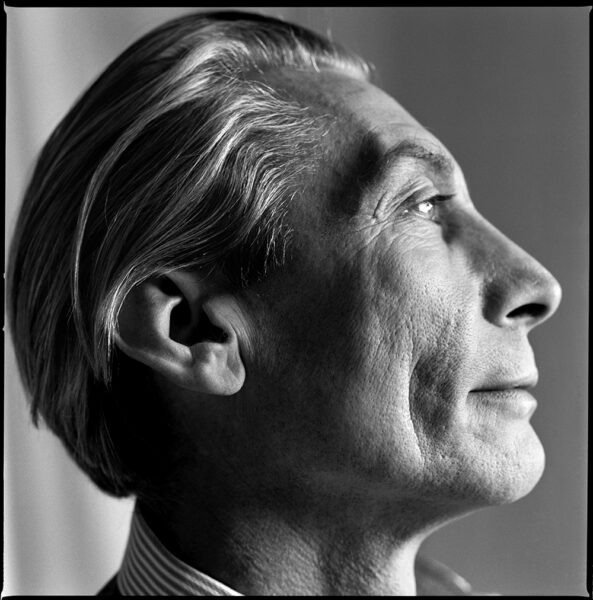
Jill Furmanovsky’s Photographing the Invisible at Manchester Central Library is free to visit so don’t wait.

